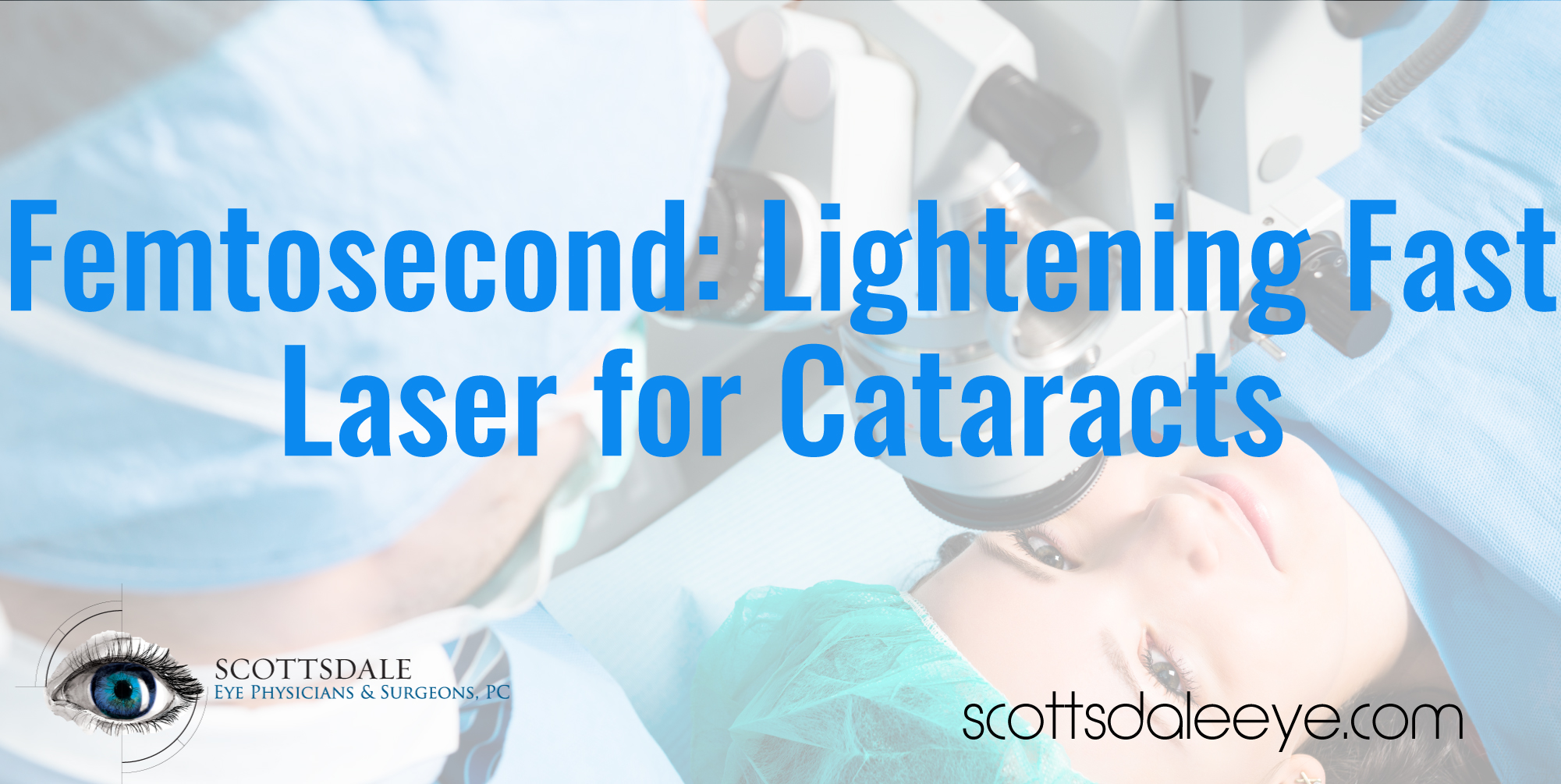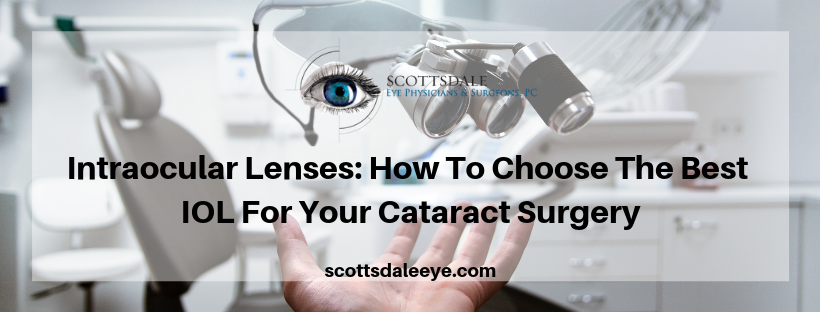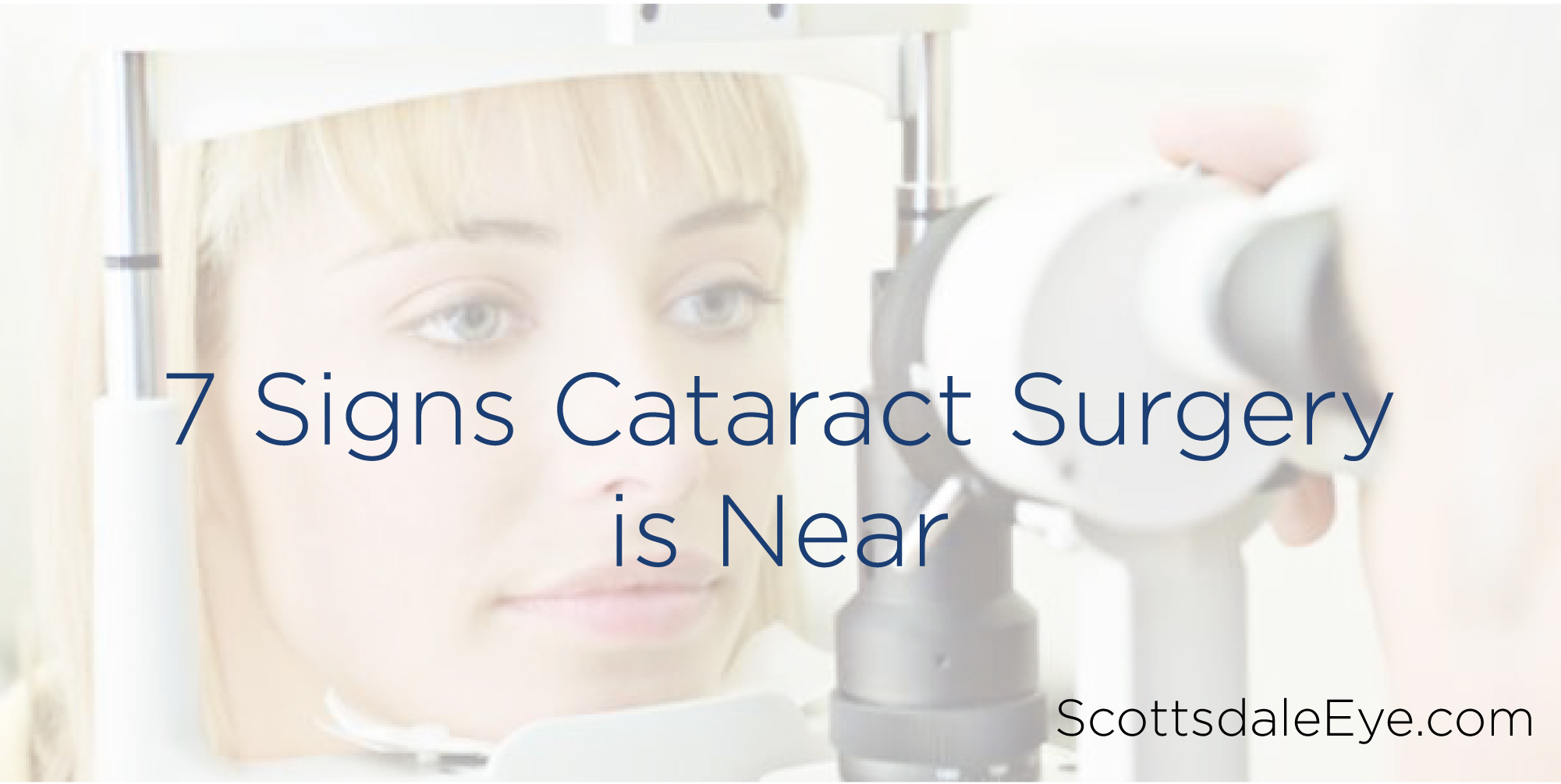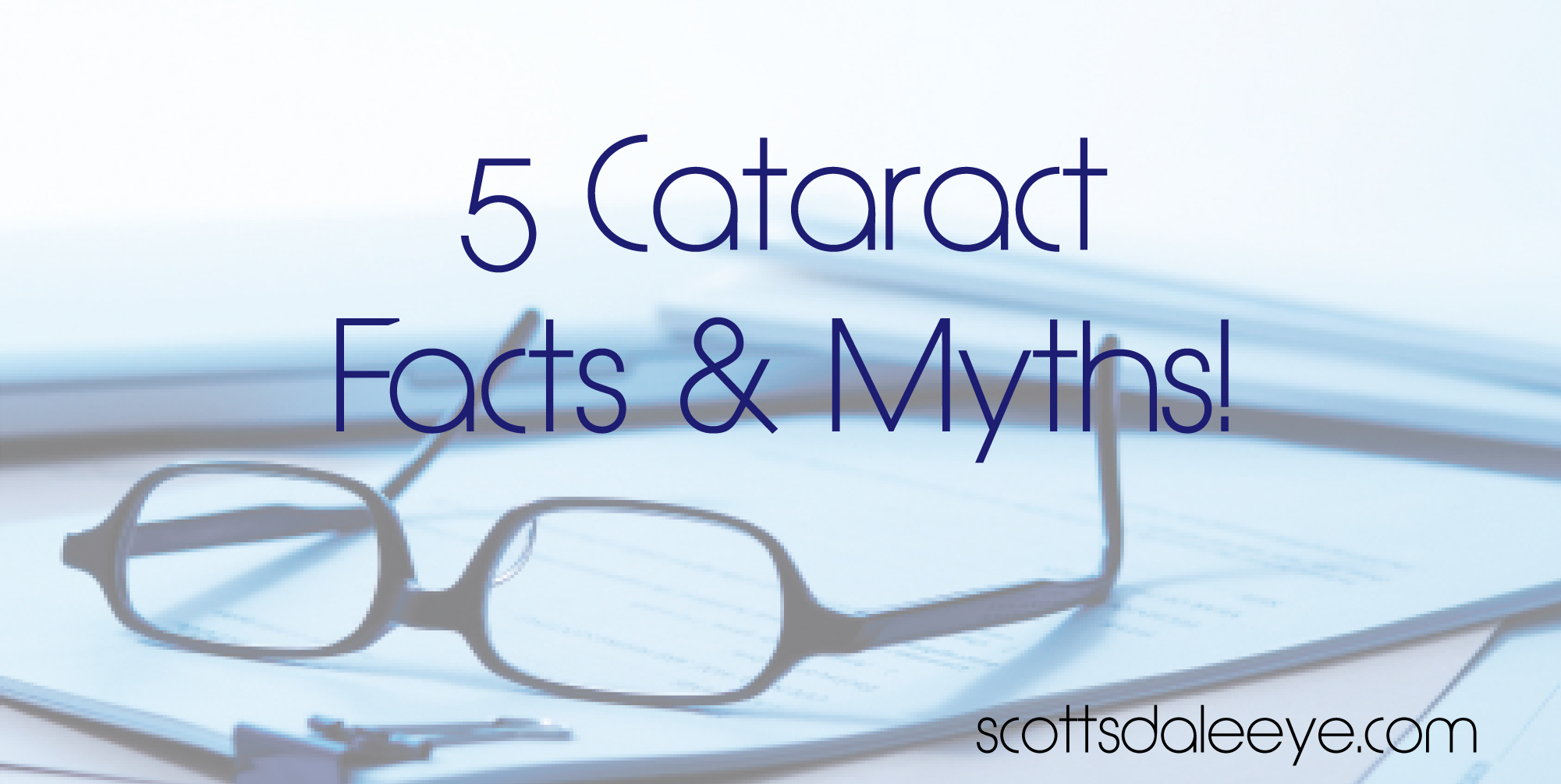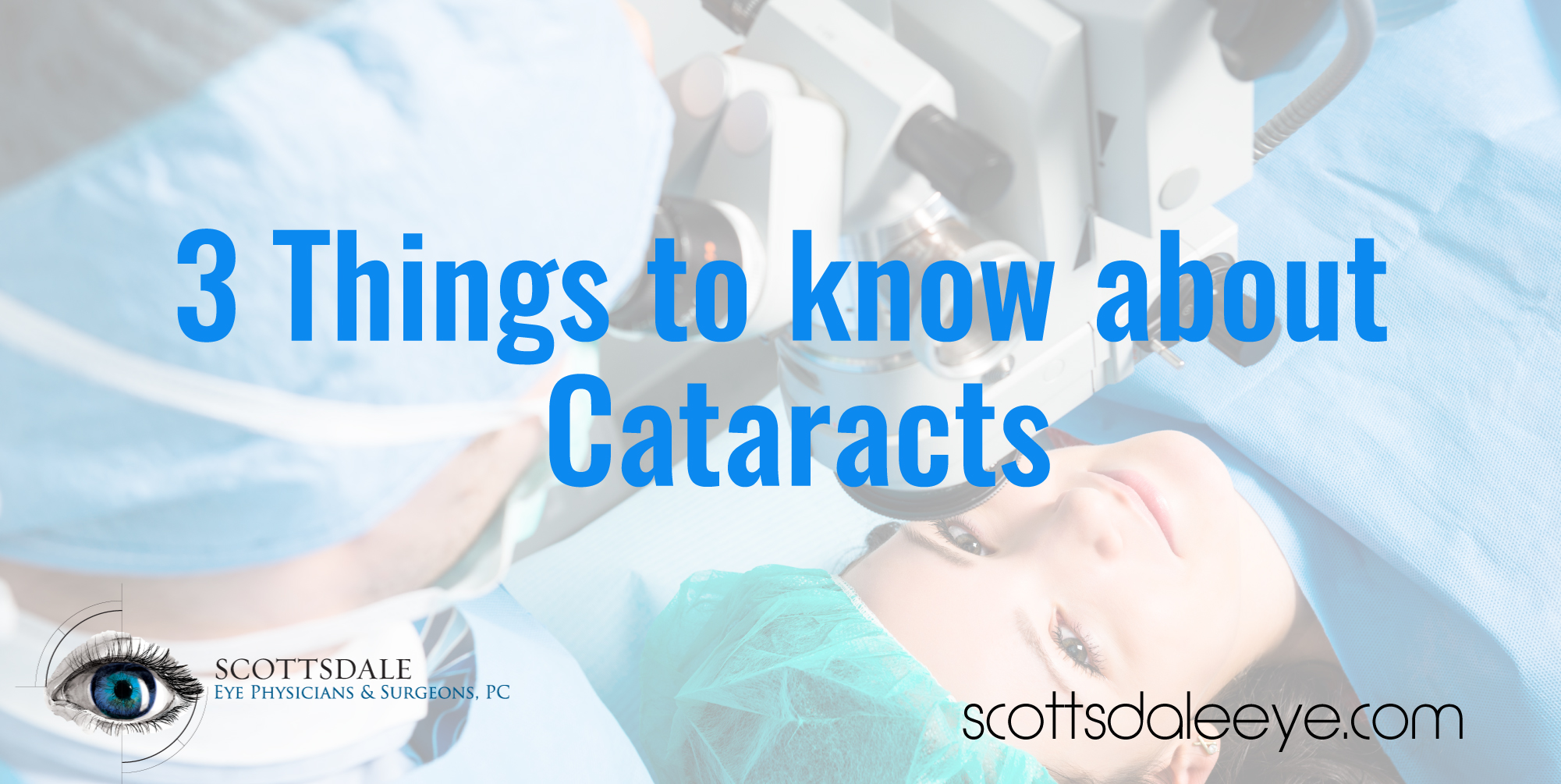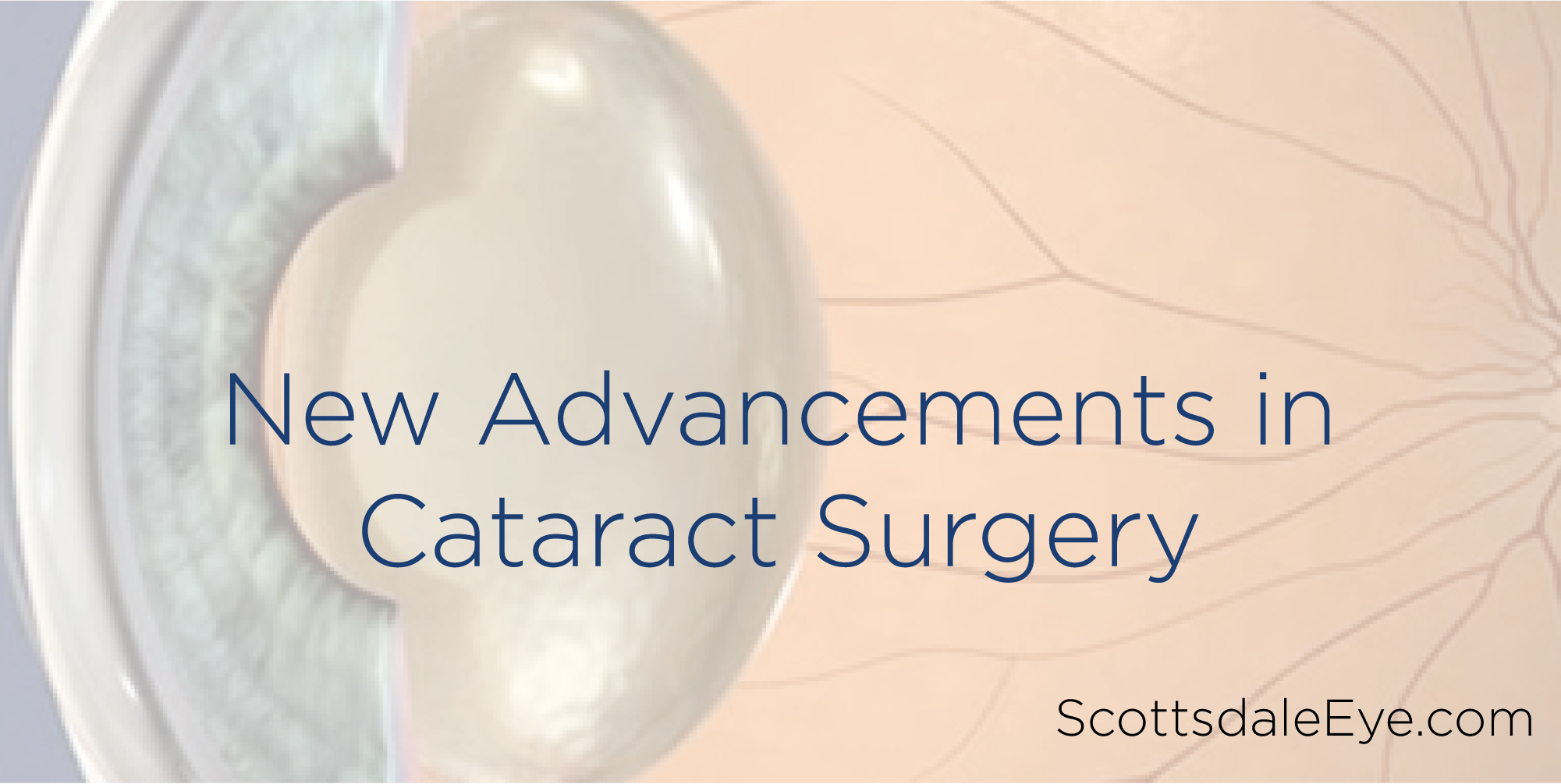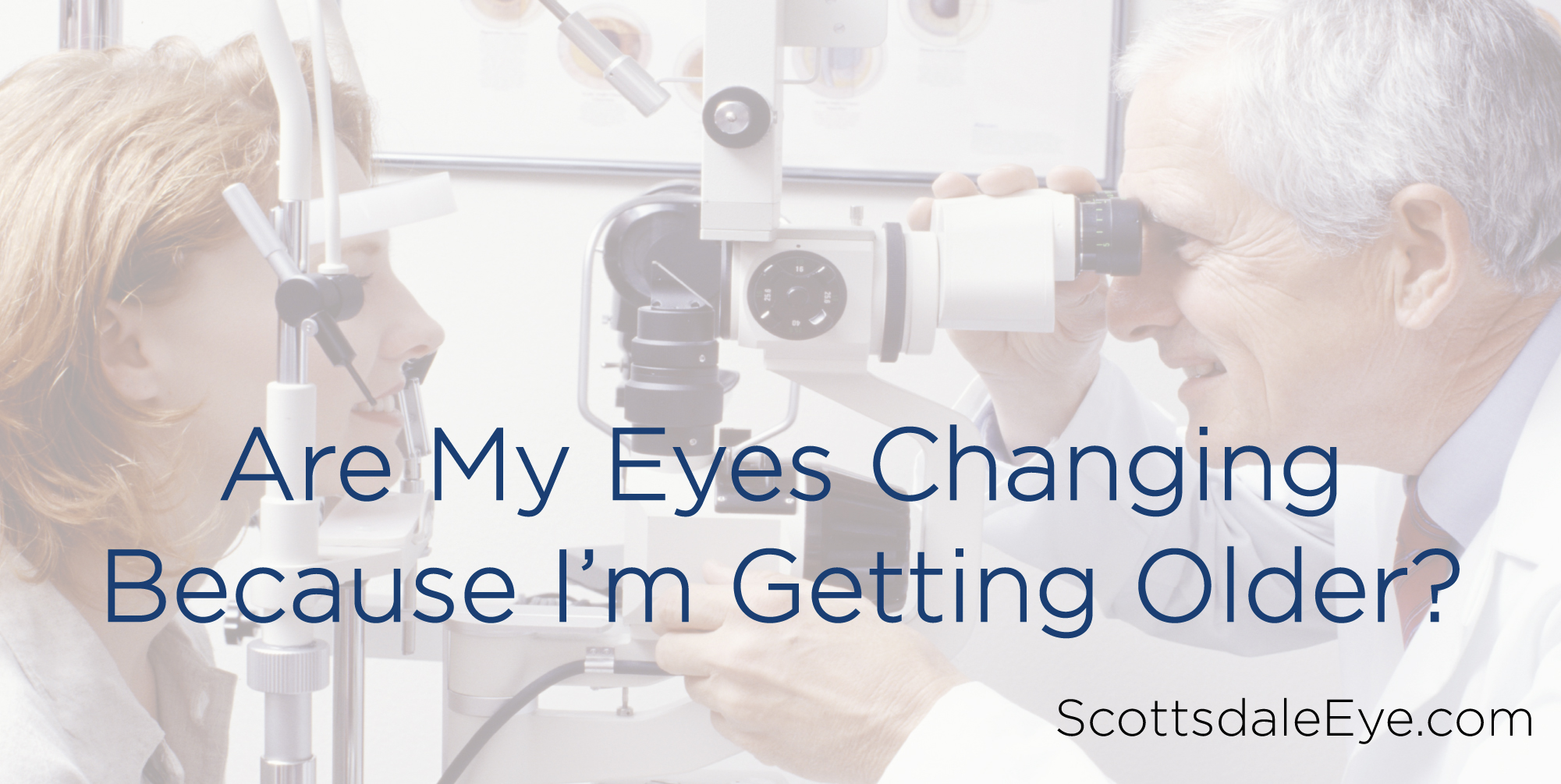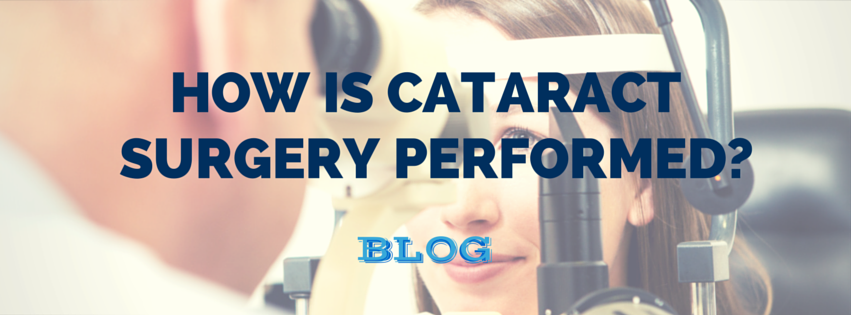5 Cataract facts and myths. Though cataracts are the leading cause of vision loss worldwide, myths persist about their cause and treatment. Cataracts affect nearly 22 million Americans aged 40 and older. By age 80, more than half of all Americans will have cataracts, according to the National Eye Institute.

“Cataracts are not preventable, but they are treatable,” said Richard P. Mills, MD, “and the best way to ensure vision stays healthy for a lifetime is to schedule a visit with an ophthalmologist or optometrist. In fact, more than 90 percent of the people who have cataract surgery regain useful vision.”
Separating Cataract Fact from Fiction
Cataracts are a natural result of aging. As the eye’s lens, which sits behind the pupil, grows older, its cells die and accumulate, turning the lens yellowed and cloudy. The result is blurred vision and “fuzzy” images. Eye injuries, certain medications and diseases such as diabetes are also known to cause cataracts. In the early stages, stronger lighting and eyeglasses may lessen vision problems caused by cataracts. But at a certain point, cataract surgery—the most frequently performed operation in the United States—may be necessary to improve vision.
Five Common Cataract facts and myths to Dispel
MYTH 1: Eye drops can prevent or dissolve cataracts.
FACT: No. The Food and Drug Administration has not approved any drops that cure or delay cataracts. Some products claim they can prevent cataracts, but cataract formation is a natural part of the eye’s aging process. Other products claim they can “dissolve” cataracts. But since cataracts are not a “substance,” there is nothing for the drops to dissolve.
MYTH 2: Close-up tasks like reading or sewing make cataracts worse.
FACT: No. Cataracts are not caused by how people use their eyes. However, cataracts likely become more noticeable during close work. One sign of a cataract is the need for more light to do the same activities well.
MYTH 3: Cataracts are reversible.
FACT: No. The lens naturally clouds as it ages. This process is unavoidable. However, its progress can be slowed by quitting smoking, eating a balanced diet and wearing sunglasses with 100% UVA and UVB protection.
MYTH 4: Cataract surgery is dangerous, and recovery takes months.
FACT: No. Cataract surgery is one of the safest and most highly perfected surgical procedures in medicine, with a 95 per cent success rate. Of course, as with any surgery, risks do exist and should be discussed with a doctor before the procedure. Patients will need to avoid dunking their eye under swimming pool water for up to two weeks after the procedure, as well as refrain from rubbing or pressing the eye. Normal activities may be resumed the day after surgery. Cataract patients often notice vision improvement immediately following surgery, and others will notice more gradual improvement for a few months afterward.
MYTH 5: Cataracts “grow back.”
FACT: No. Cataracts develop as the lens’ cells die and accumulate; they are not a “growth” that sits on top of the eye. Patients often develop a different, secondary cataract, though. If the membrane that holds the new lens implant becomes cloudy, vision can be compromised. But this can easily be treated with laser surgery, a painless, 2-minute procedure.
These 5 Cataract facts and myths are the most popular questions and concerns patients may have. For more information about cataracts and cataract surgery please call our office at 480-994-1872 to make an appointment!
This article modified and reprinted with permission from the American Academy of Ophthalmology’s EyeSmart® program (www.geteyesmart.org).







